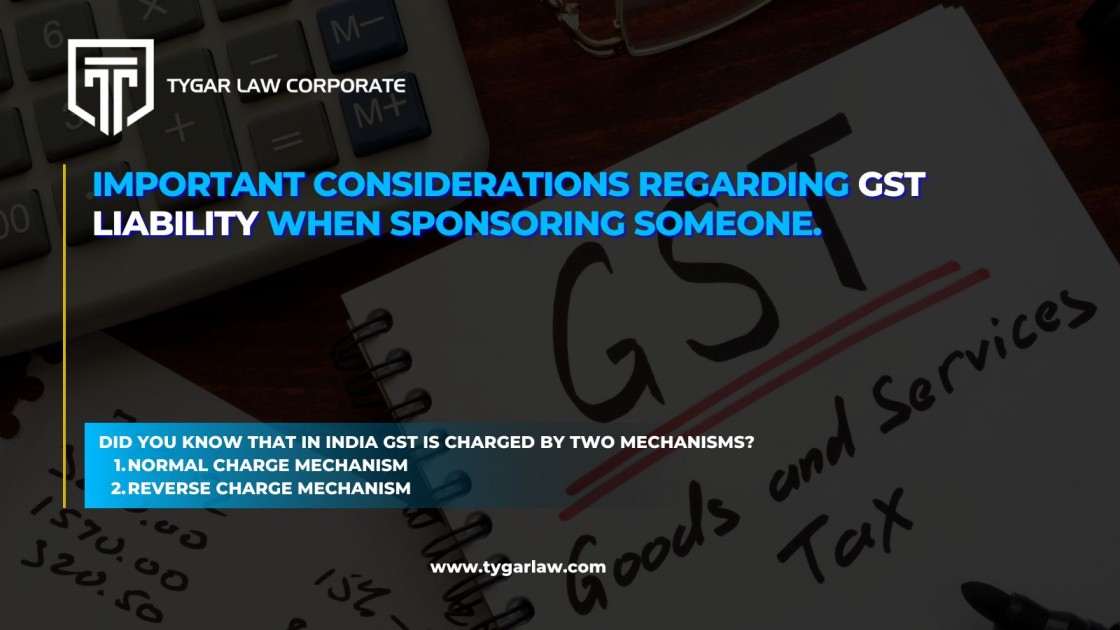In India, GST is charged by two mechanisms:
- Normal charge mechanism; and
- Reverse charge mechanism.
Generally, a Normal charge mechanism is followed in which you buy a product from a supplier and pay for the product cost or service cost + G.S.T. to the supplier itself and then the supplier pays that G.S.T. to the government.
But this is not the case with the Reverse charge mechanism. In this, you buy a product from a supplier and Pay for the product cost or service cost only to the supplier and pay G.S.T. directly to the government.
So in simple terms, we can say that under the normal charge mechanism we are paying tax to the government through the supplier while under the reverse charge mechanism, we are paying the tax directly to the government.
Conclusion:
So the sponsorships are covered under the Reverse charge mechanism which means the sponsored is liable to pay G.S.T directly to the government because he is the one who is receiving the services but when you receive money to provide sponsorships to someone else then you are not liable for G.S.T because the sponsored itself has to directly pay the G.S.T. to the government.

